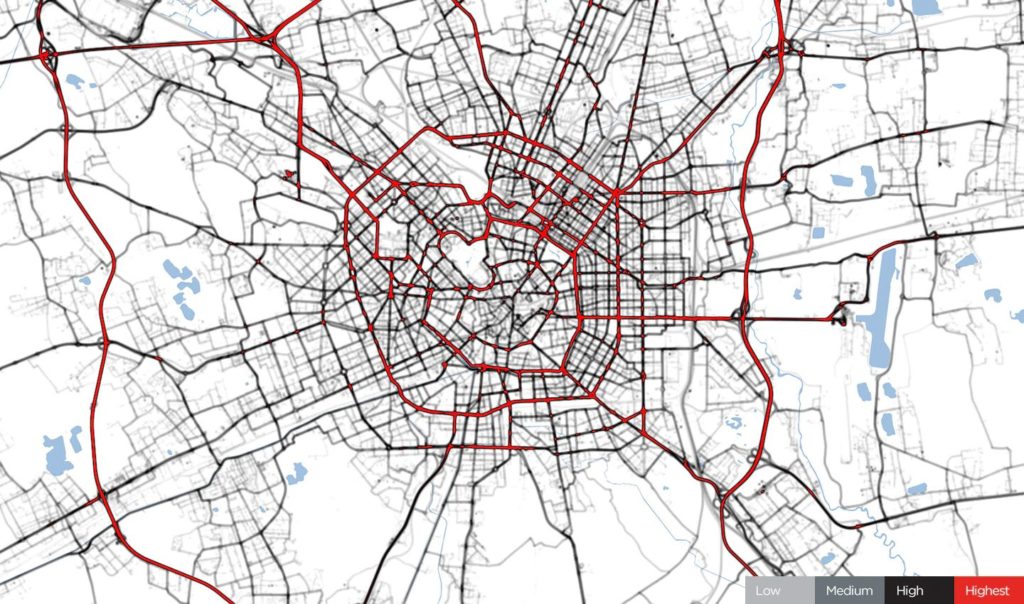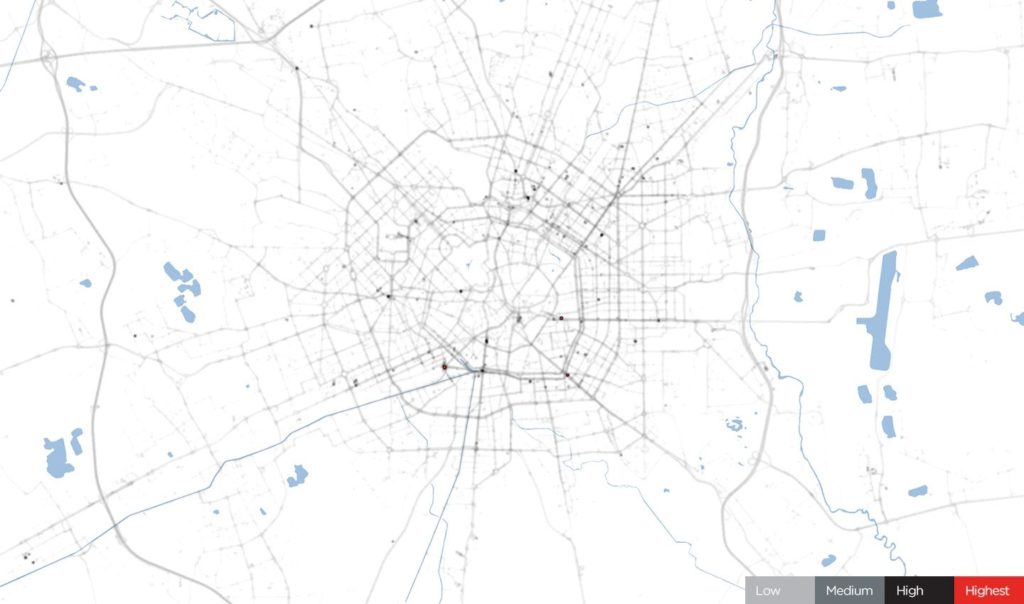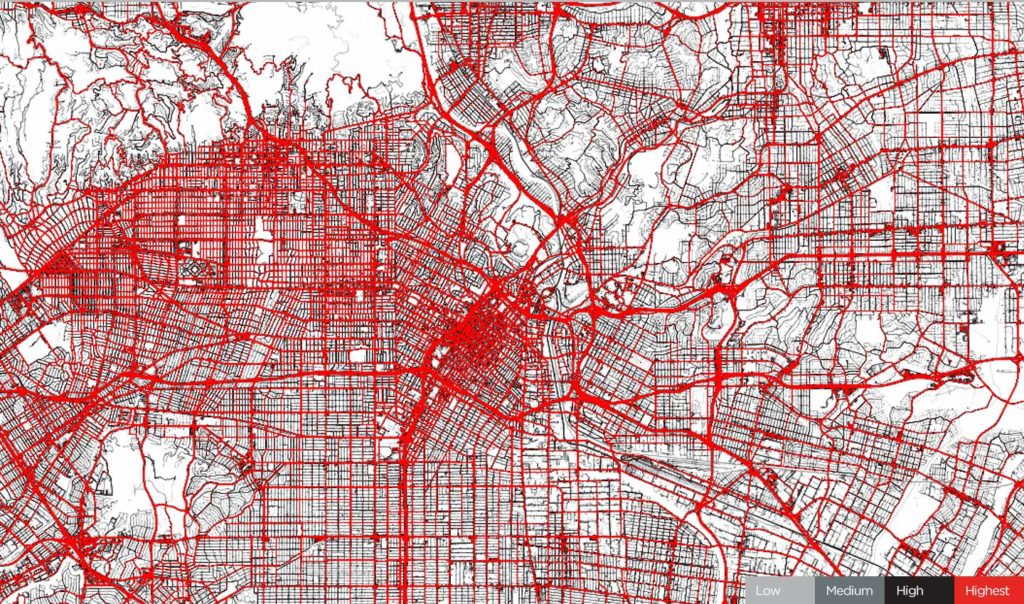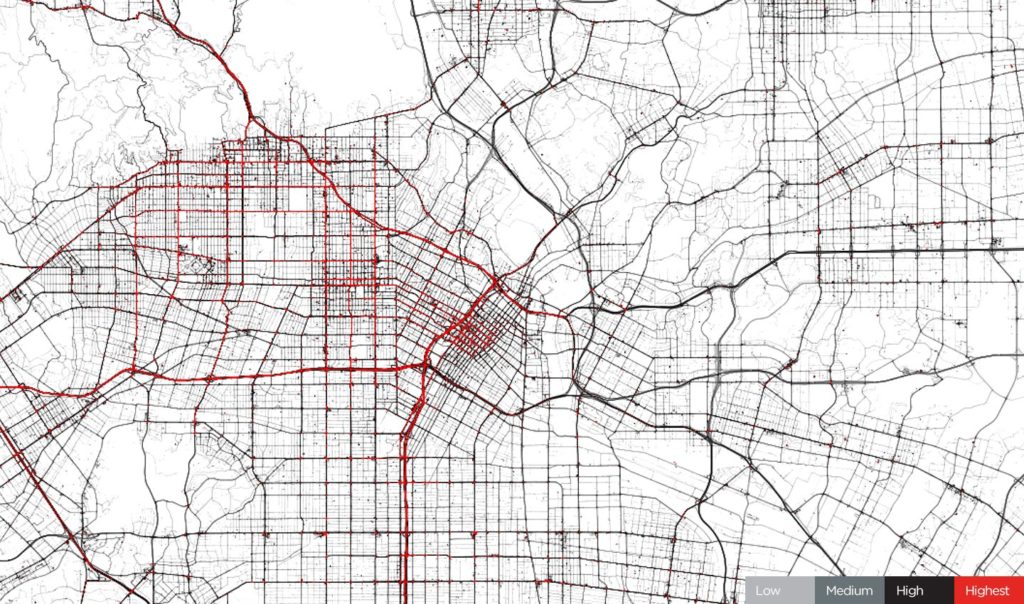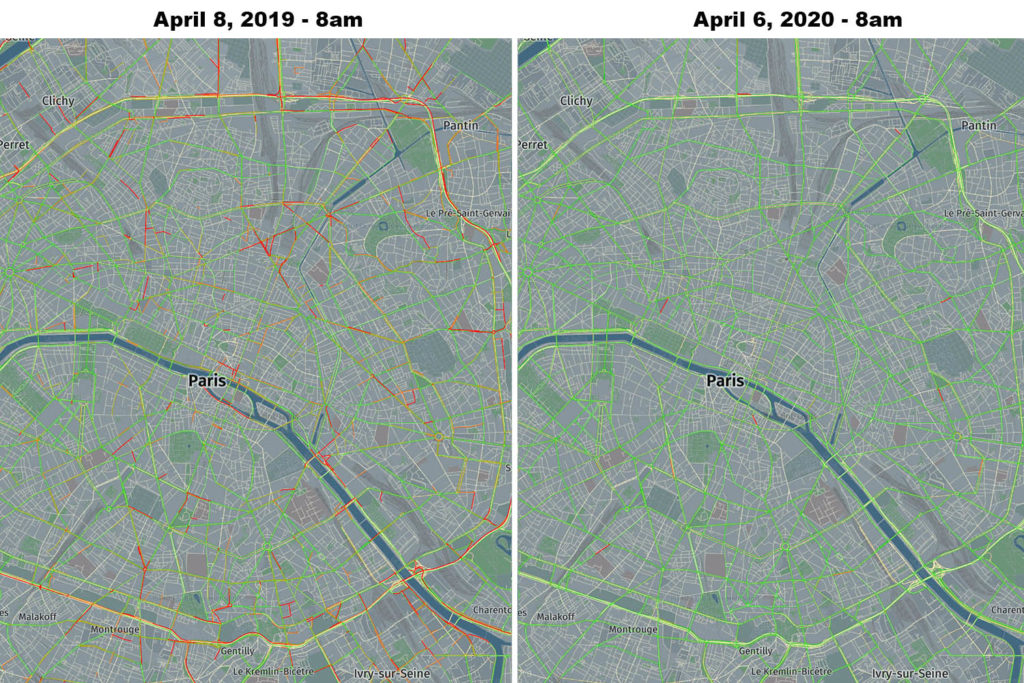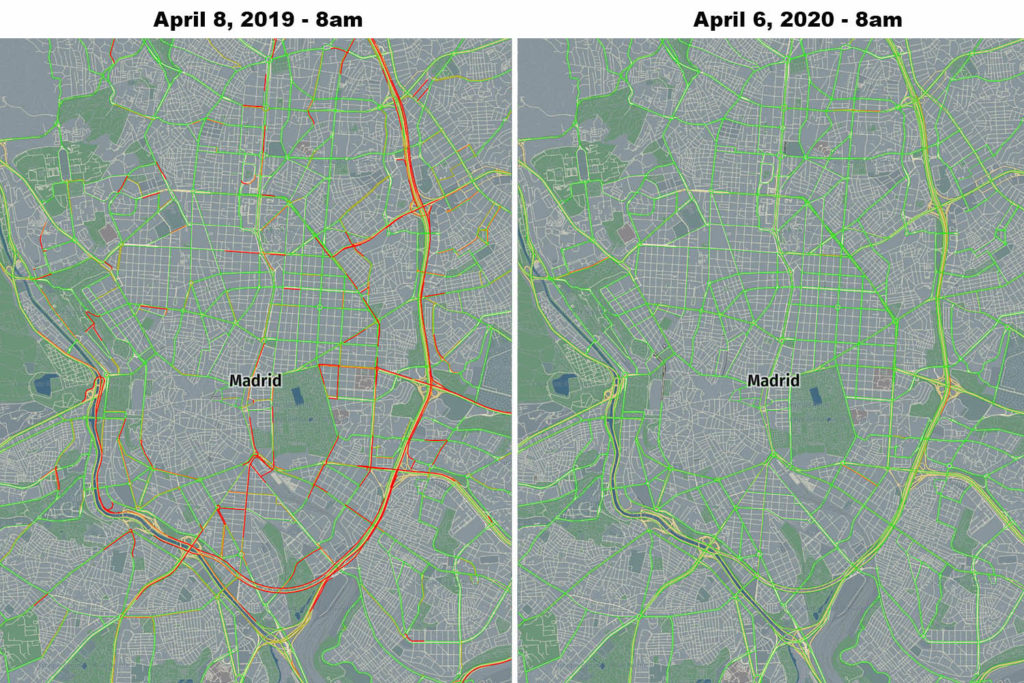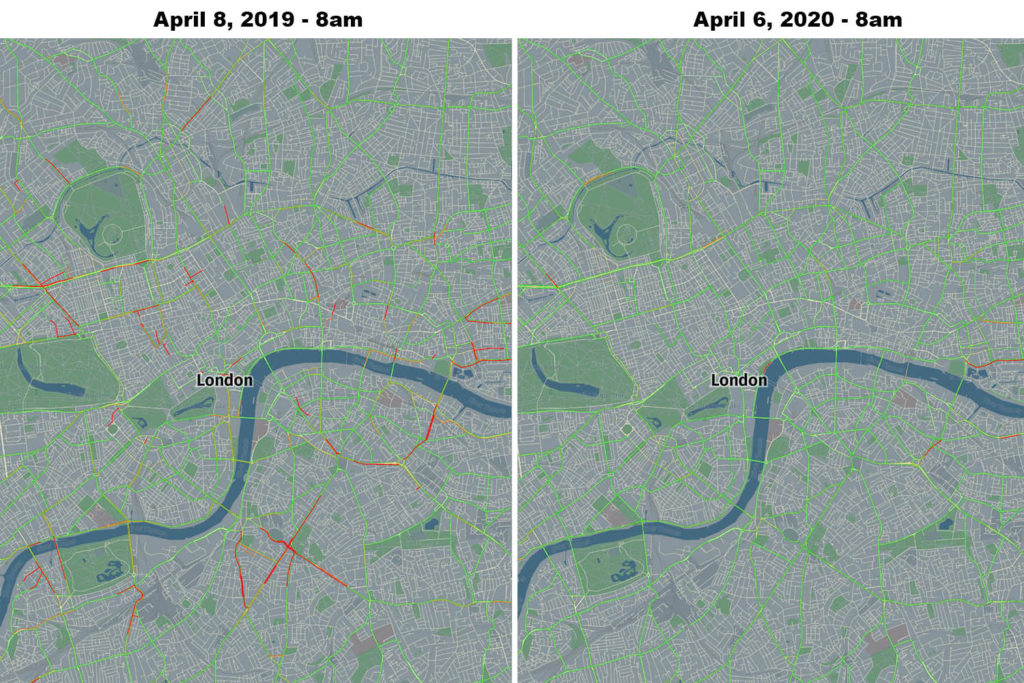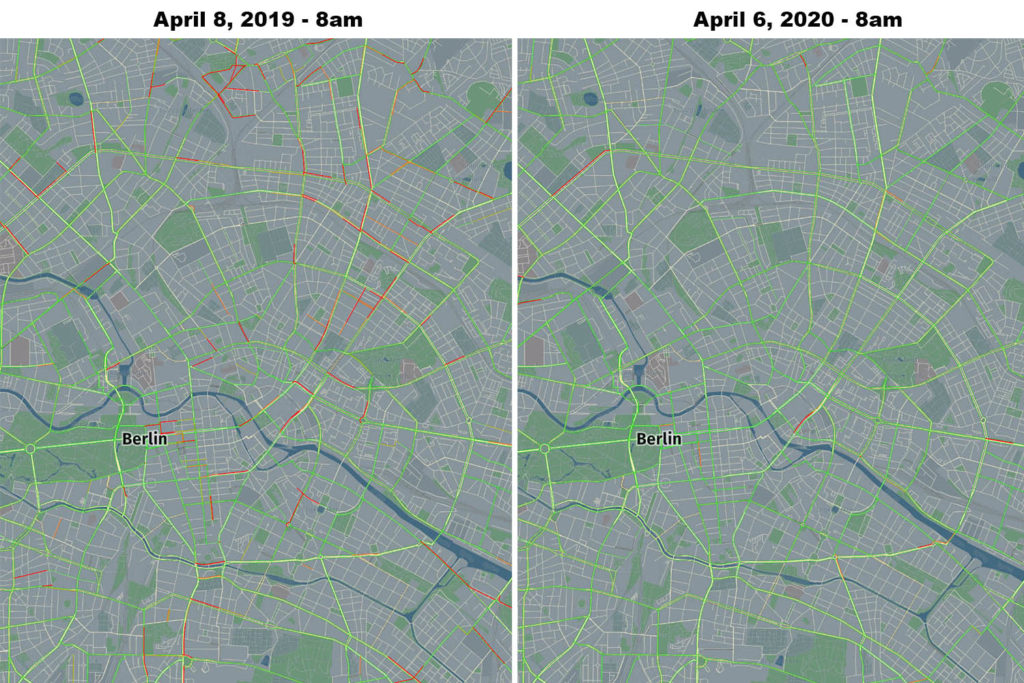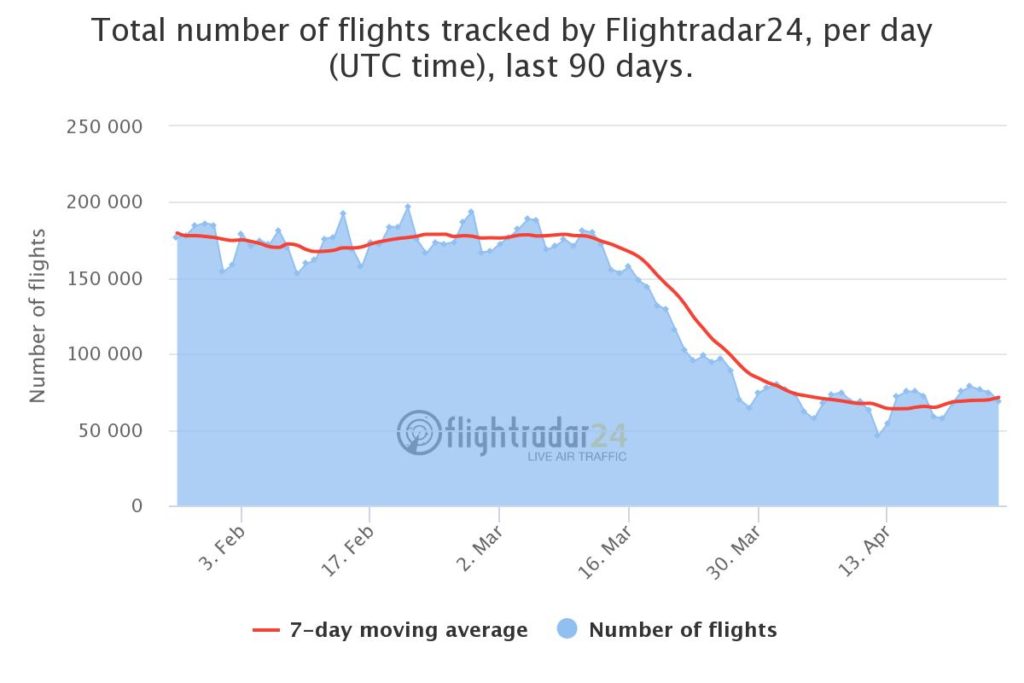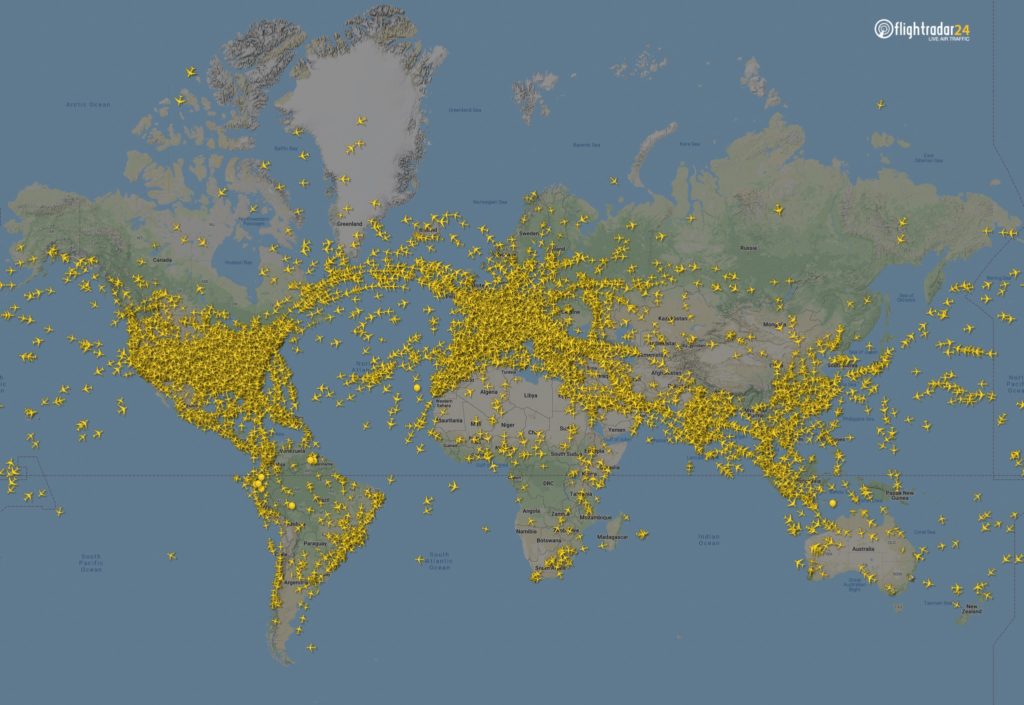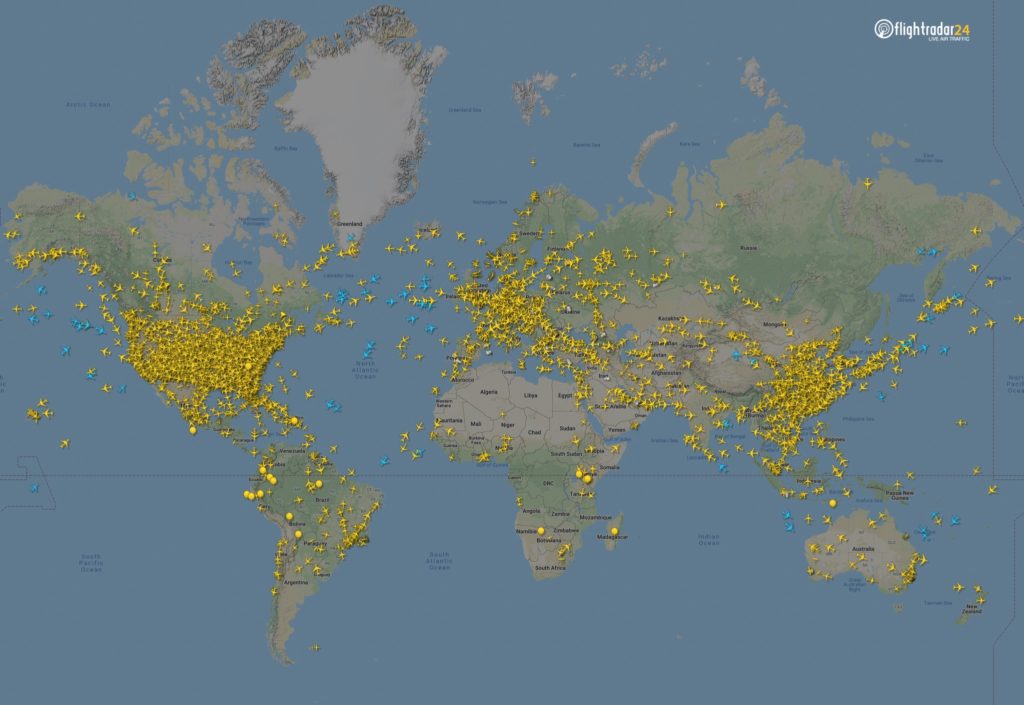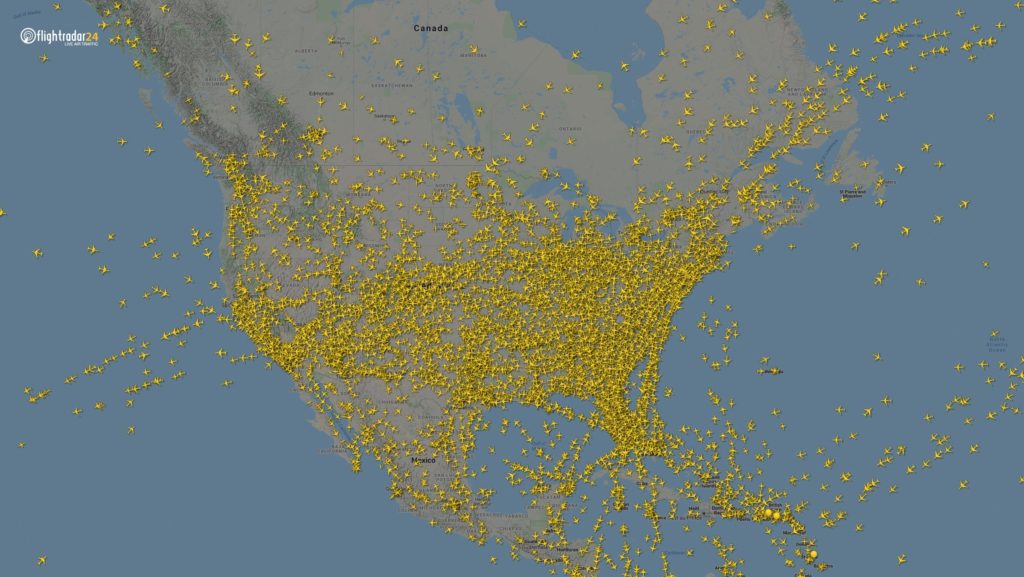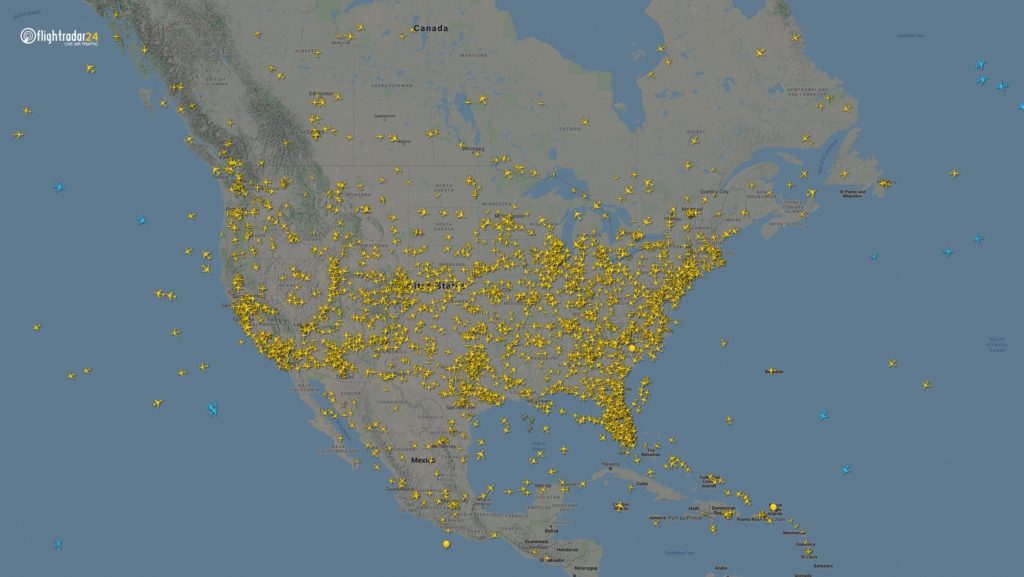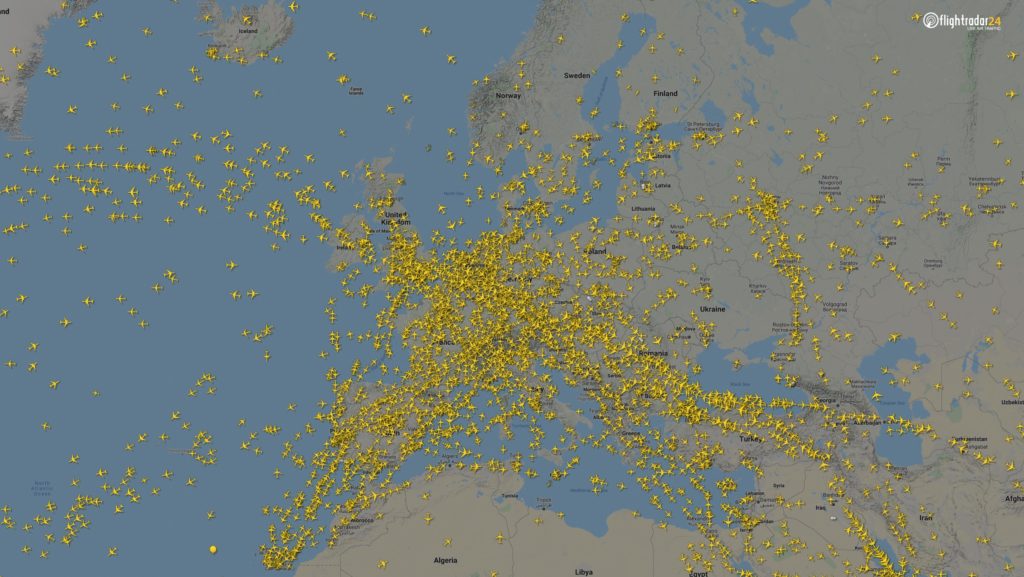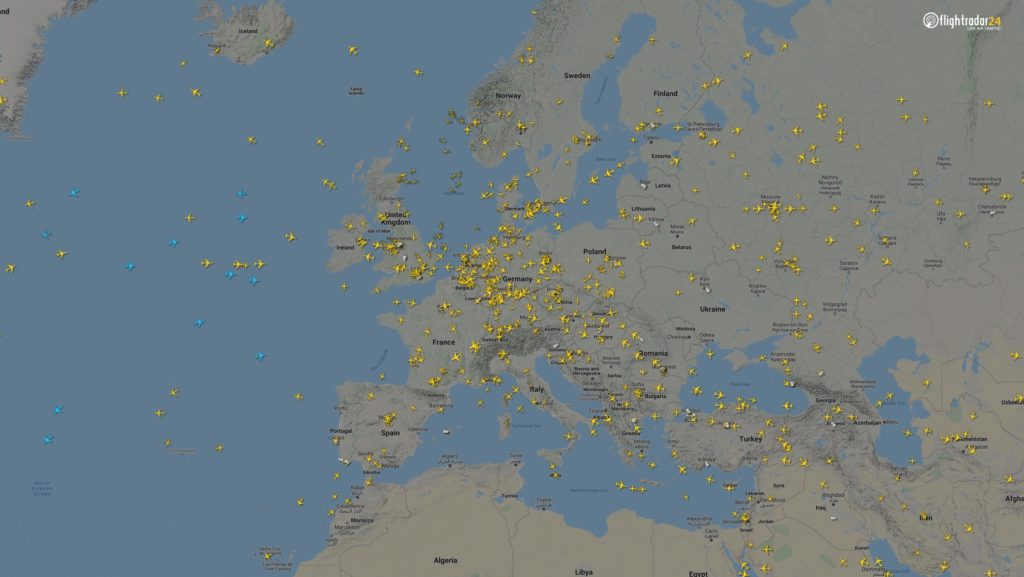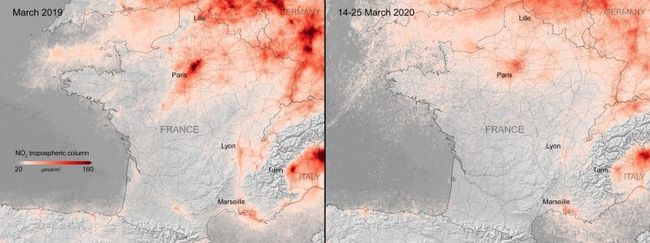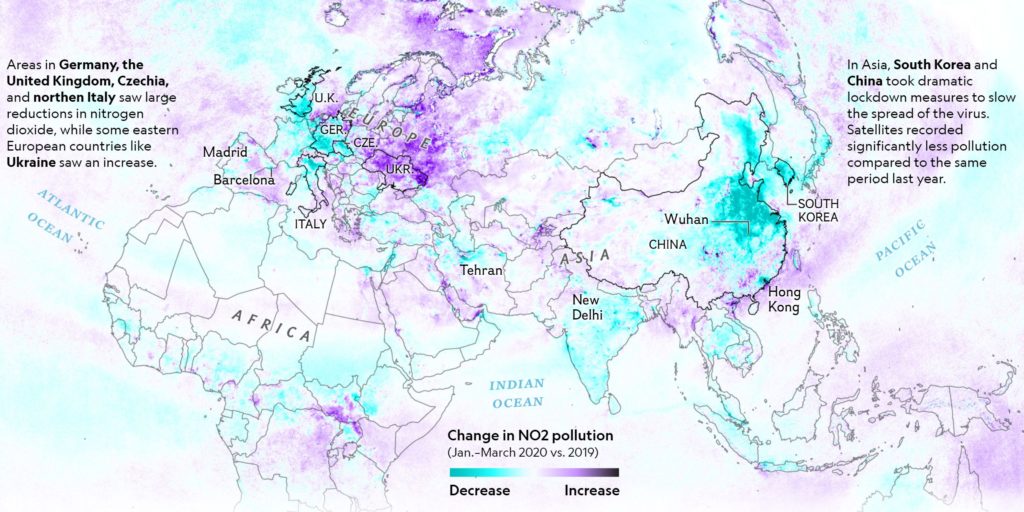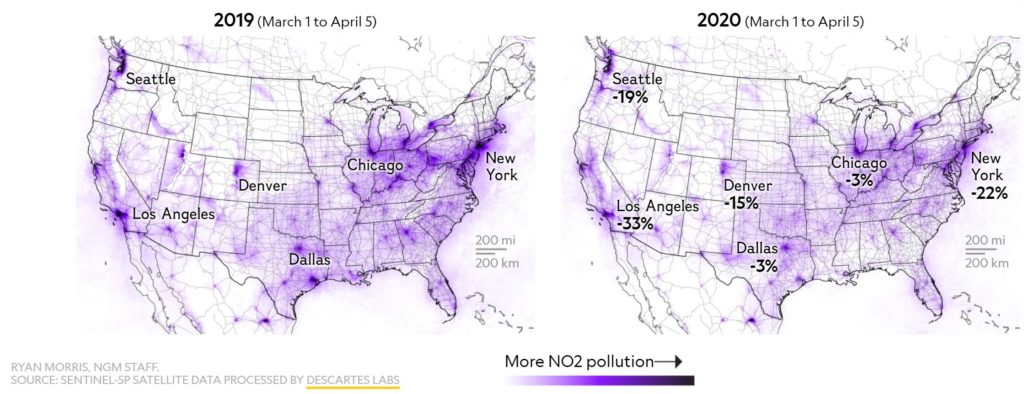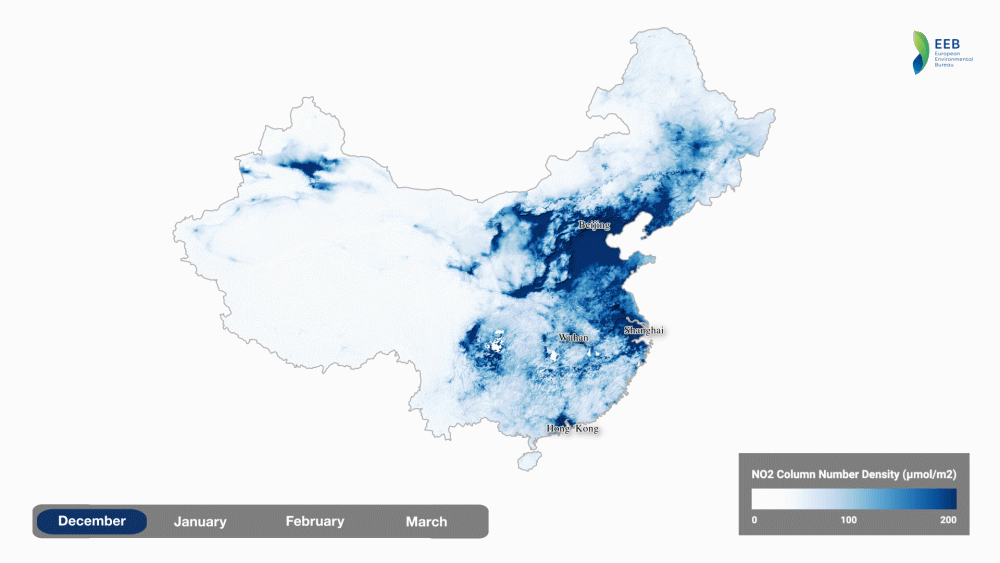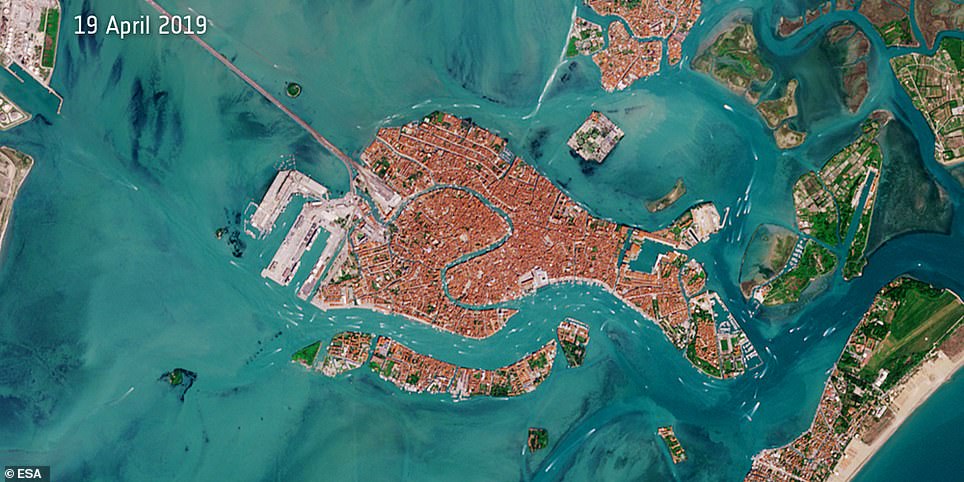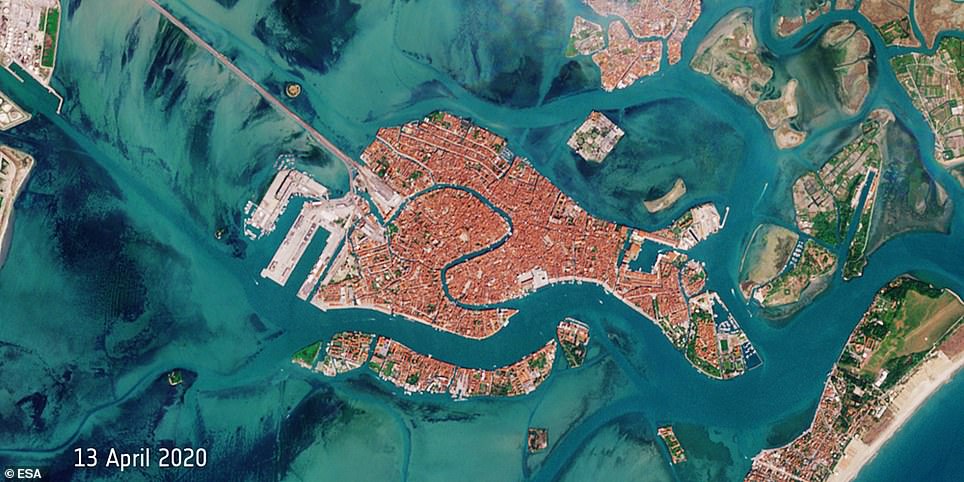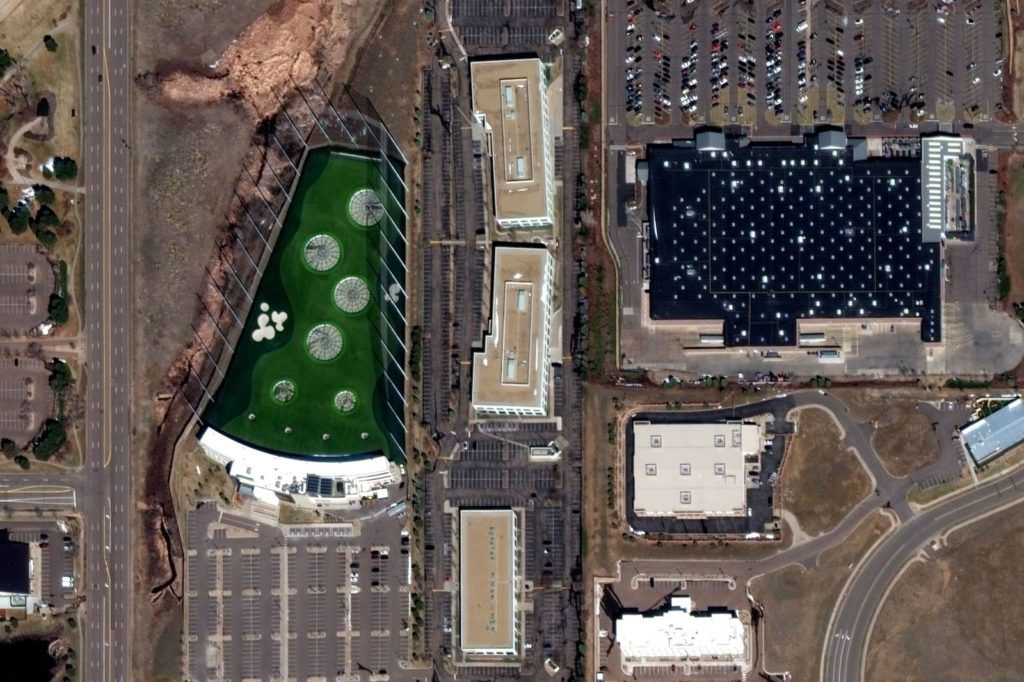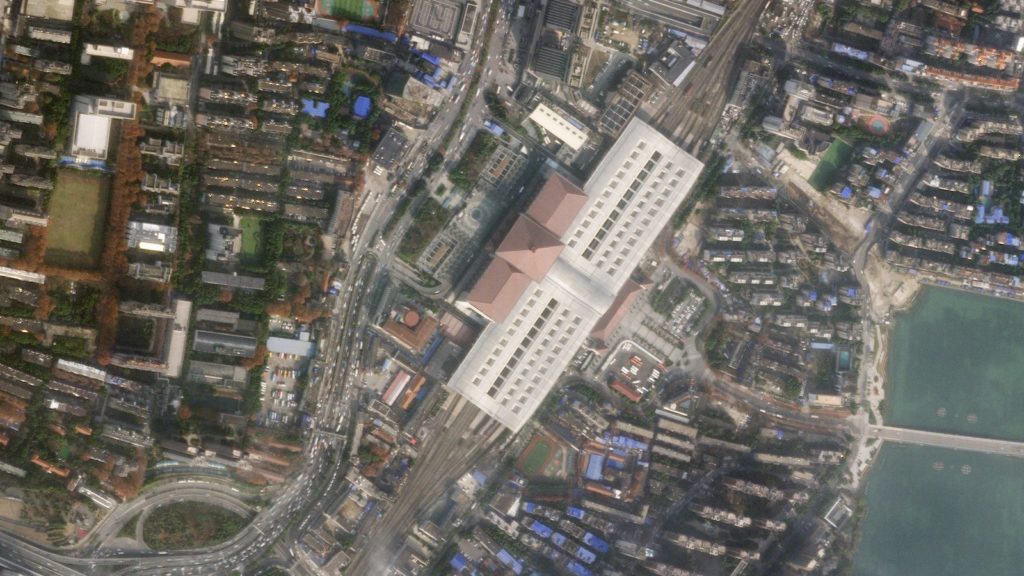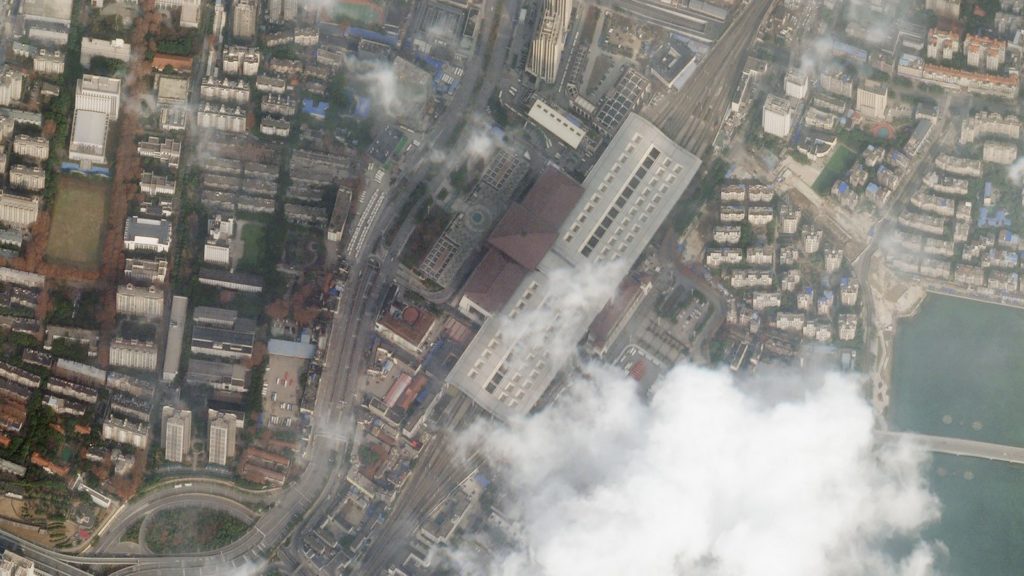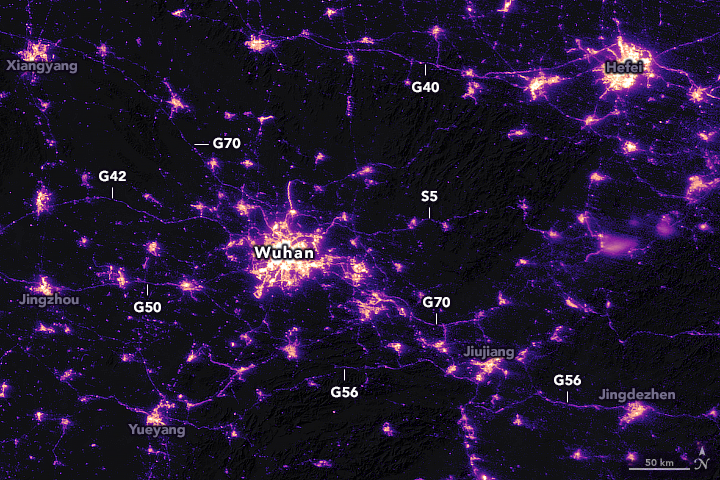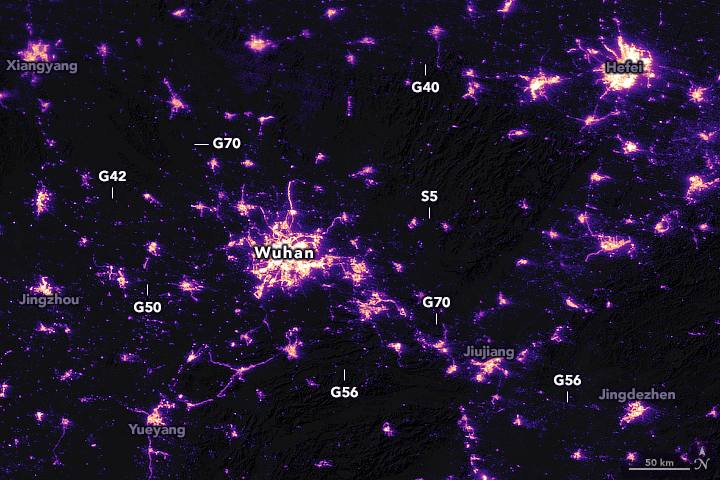
Urban mobility app Moovit is going to Intel’s Mobileye for $900 million
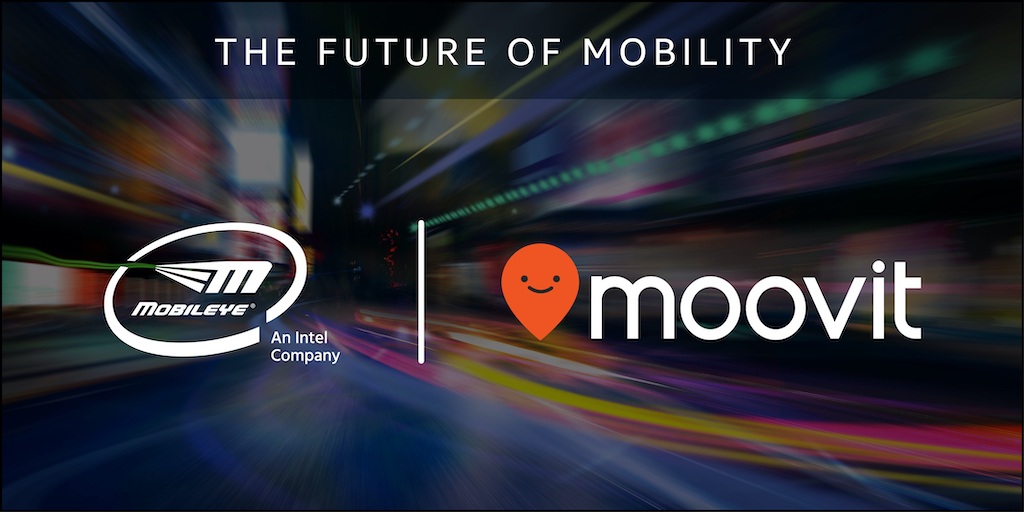
The COVID-19 pandemic may be putting businesses through a great deal of uncertainty, but it is not stopping Intel from pursuing its dreams of global adoption of autonomous transportation. The technology giant is scooping up transit data powerhouse Moovit for approximately $900 million. The mobility-as-a-service (MaaS) solutions company will join Intel’s driverless automotive division Mobileye. Intel had acquired Mobileye for $15.3 billion in 2017.
Moovit, an Israeli startup, is known for its urban mobility application that offers travelers around the world multimodal trip planning by combining public transportation, bicycle and scooter services, ride-hailing, and car-sharing.
Also see: After Google Maps, now Moovit is offering AR-based navigation
Intel sees mobility services, including robotaxi services, as a $160 billion opportunity by 2030, and believes that Moovit’s tech stack will help to bring the company closer to its goal of becoming a complete mobility provider.
According to Intel CEO Bob Swan, “Intel’s purpose is to create world-changing technology that enriches the lives of every person on Earth, and our Mobileye team delivers on that purpose every day. Mobileye’s ADAS technology is already improving the safety of millions of cars on the road, and Moovit accelerates their ability to truly revolutionize transportation – reducing congestion and saving lives – as a full-stack mobility provider.”
Insisting that mobility is a basic human right, Nir Erez, Co-founder and CEO of Moovit, says, “The combination of Moovit’s leading urban mobility app used by millions, our deep understanding of people’s mobility usage patterns and needs, together with Mobileye’s world-leading self-driving vehicle technology, will create revolutionary transportation alternatives.”
In addition to his role as Moovit CEO, Erez will also serve as an Executive Vice President at Mobileye and a VP at Intel Corp.
What’s in it for Moovit users?
Moovit users are expected to have access to a wider range of mobility alternatives, including multi-modal routes that combine public transit, bikes, scooters, shared-cars, rider-hailing, and (ultimately) Mobileye’s fleets of self-driving vehicles.
Erez adds that Moovit will also offer cities better urban mobility insights, powered by Big Data and artificial intelligence, to help them better understand their citizens’ mobility needs, and match them, in real-time, with the best mobility options.







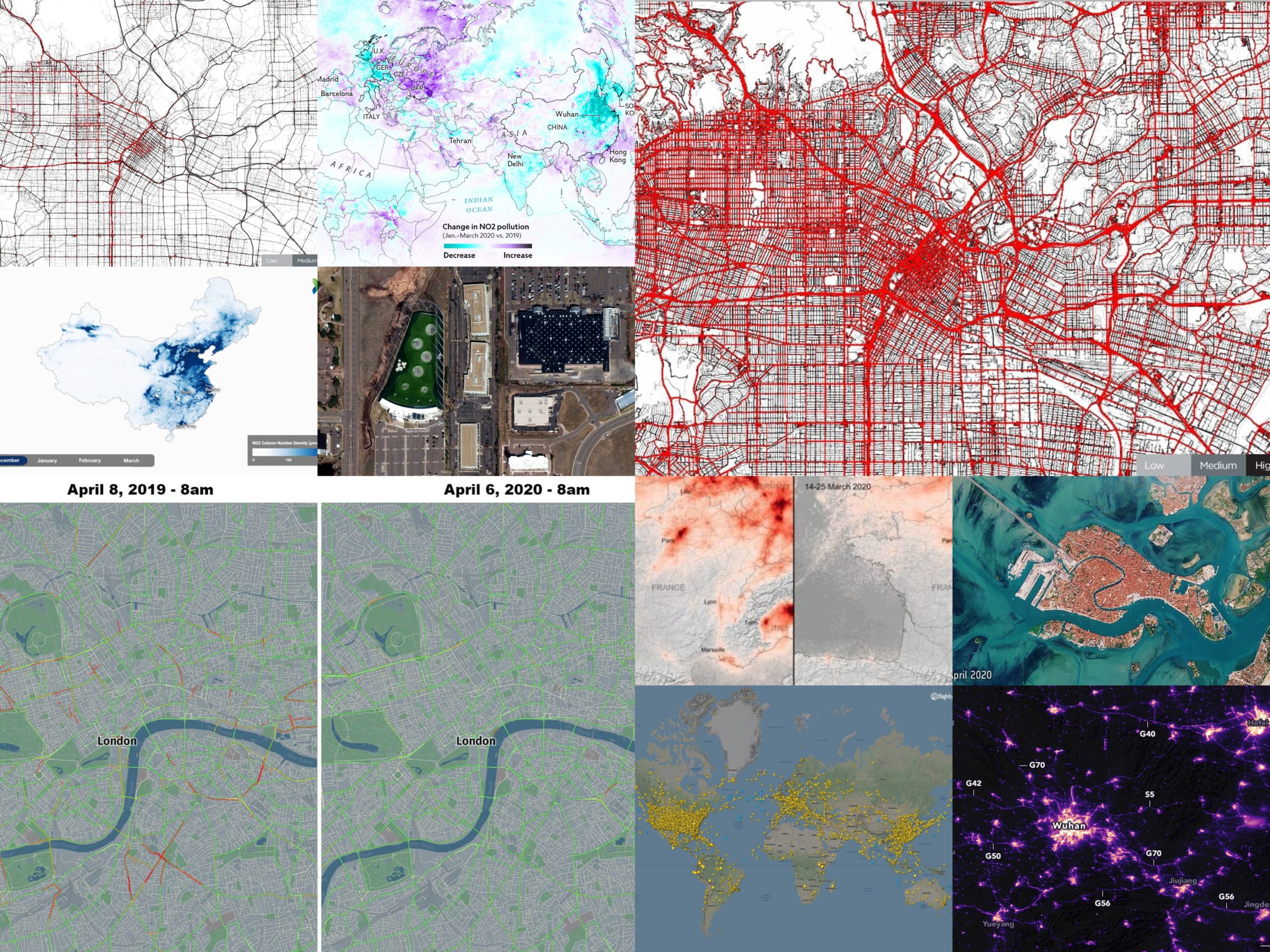 The outbreak of COVID-19 has a profound impact on our mobility. For the past weeks, most of us stayed home, which is not only driven by travel and gathering restrictions but mainly by our responsible behaviour trying to “flatten the curve”. How long will we be forced to stay home? Some experts say a few weeks, other a few months… Regardless of that, changes in our mobility model will stay with us for a long time to come.
The outbreak of COVID-19 has a profound impact on our mobility. For the past weeks, most of us stayed home, which is not only driven by travel and gathering restrictions but mainly by our responsible behaviour trying to “flatten the curve”. How long will we be forced to stay home? Some experts say a few weeks, other a few months… Regardless of that, changes in our mobility model will stay with us for a long time to come.